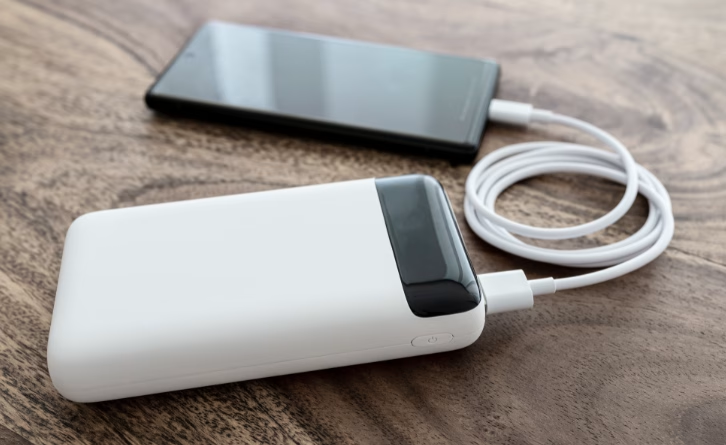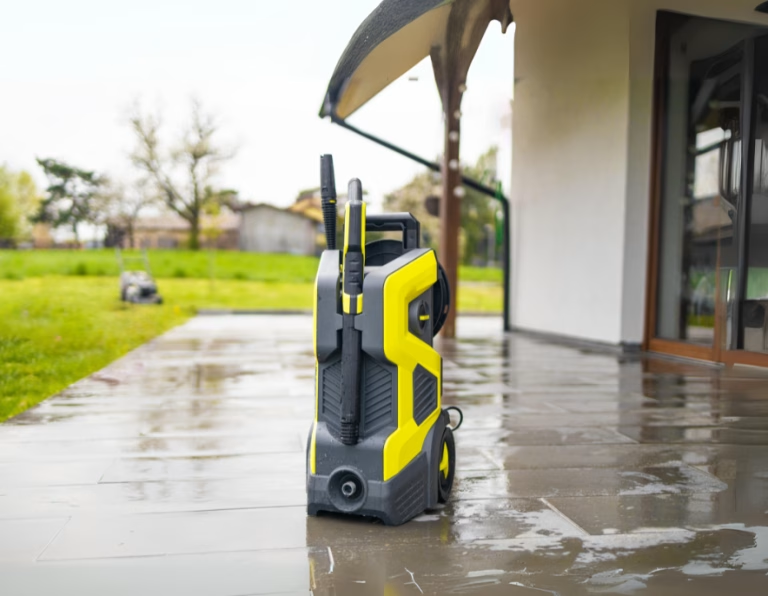Smart LED bulbs are changing the way we light our homes. These advanced bulbs offer more than just basic lighting – they allow you to control brightness, color, and even set schedules. With features like voice control and smart home integration, they’re ideal for anyone looking to save energy and enhance their space. They also boost home security by allowing remote control, giving the appearance that someone is home even when you’re away. Plus, smart LED bulbs can support health and wellness by reducing eye strain with adjustable lighting and helping regulate your natural sleep cycle through customizable brightness levels. Ready to upgrade your lighting? Here’s why smart LED bulbs are a bright idea

1_The Definition of Smart LED Bulbs?

A smart LED bulb is an energy-efficient light bulb that can be controlled remotely using a smartphone, tablet, or voice assistant. Unlike traditional light bulbs, smart LED bulbs are connected to a home’s Wi-Fi or Bluetooth network, allowing users to control their lighting from anywhere.
2_Types of Smart Bulbs
Smart LED bulbs come in various types to suit different needs and preferences. Here are the most common types of smart LED bulbs offering unique features for different smart home setups:
2.1_White Tunable Smart Bulbs
White Tunable Smart Bulbs are smart LED bulbs that allow users to adjust the color temperature of the light, ranging from warm white to cool white.
Used: in living rooms, bedrooms, or home offices, where you can switch between warm light for relaxation and cool light for focus.
Features:
- Adjustable color temperature (warm to cool white)
- Ability to adjust the light’s intensity
- App control via smartphone or smart home integration
- Voice control through Amazon Alexa, Google Assistant, or Apple HomeKit
- Energy-efficient LED technology
Price: Prices typically range from $15 to $40 per bulb, depending on the brand.
Famous Brands: Philips Hue, TP-Link Kasa, Sengled
2.2_Color-Changing Smart Bulbs
Color-Changing Smart Bulbs are smart LED bulbs that offer a wide spectrum of colors, allowing users to change the light to virtually any color or hue.
Used: They are perfect for creating dynamic lighting environments for different moods, parties, or decorative purposes.
Features:
- Millions of color options (Red, Green, Blue spectrum)
- Adjustable brightness and color intensity
- App control for easy customization
- Voice control via Alexa, Google Assistant, or Apple HomeKit
- Energy-efficient with long lifespan
Price: Typically priced between $20 and $50 per bulb, depending on brand.
Famous Brands: Philips Hue, Sengled, GE CYNC
2.3_Wi-Fi Enabled Smart Bulbs:
Wi-Fi Enabled Smart Bulbs connect directly to your home’s Wi-Fi network, allowing you to control them remotely through a mobile app or voice assistant.
Used: most commonly used for home automation, remote lighting control, and energy efficiency.
Features:
- Remote Control: Adjust settings via a mobile app from anywhere.
- Voice Control: Compatible with Alexa, Google Assistant, and Apple HomeKit.
- Custom Schedules: Set timers and automation for convenience.
- Scene Settings: Create lighting presets for different moods.
- Group Control: Manage multiple bulbs at once.
Price: Prices usually range from $15 to $40 per bulb..
Famous Brands: Philips Hue, Sengled, TP-Link Kasa
2.4_Zigbee/Z-Wave Smart Bulbs
Zigbee/Z-Wave Smart Bulbs connect through dedicated home automation networks, offering reliable and efficient smart lighting control. [2]
Zigbee operates on the 2.4 GHz frequency. It supports a large number of devices (up to 65,000) and is faster in terms of data transmission. However, its higher frequency can sometimes face interference from other household devices, especially Wi-Fi.
Z-Wave, on the other hand, uses a lower frequency (908 MHz), which results in less interference and better range through walls. It can connect up to 232 devices, which is typically enough for most homes. The lower frequency provides more stable communication, but Z-Wave is generally slower in data transmission compared to Zigbee.
Used: Zigbee used in general smart home systems, while Z-Wave is often found in home automation setups that prioritize reliability and security.
Features:
- Reliable Mesh Networking: Enhanced connectivity and range.
- Low Power Consumption: Efficient energy use.
- Centralized Control: Managed via a hub for seamless integration.
Price: Prices typically range from $20 to $50 per bulb.
Famous Brands: Sengled.
2.5_Motion-Sensing Smart Bulbs
Motion-Sensing Smart Bulbs are designed to automatically turn on when they detect movement, offering convenience and energy savings.
Used:
- Outdoor Security: Ideal for entryways, driveways, and backyards.
- Indoor Convenience: Perfect for hallways, bathrooms, or closets.
Features:
- Automatic Activation: Lights up when motion is detected, great for security or convenience.
- Energy Efficient: Turns off when no movement is detected, saving energy.
- Customizable Settings: Adjust sensitivity, duration, and brightness.
- Smart Integration: Can be connected to smart home systems for added control.
Price:
- Typically between $20 and $60 per bulb.
Famous Brands: GE and Philips Hue
3_Why You Should Invest in Smart Bulbs
Smart LED bulbs offer numerous advantages that make them a worthwhile investment:
Enhanced Home Security
Built-in motion detection features can deter intruders and provide automatic lighting when movement is detected.
Remote Control Convenience
Control your home lighting from anywhere using smartphone apps — turn lights on/off, dim them, or adjust colors remotely.
Health and Well-Being Benefits
Adjust light temperature to match your needs:
Cool, blue-toned light during the day boosts alertness and focus.
Warm, yellow-toned light in the evening promotes relaxation and better sleep.
Customizable Brightness Settings
Fine-tune brightness levels to reduce eye strain during reading, work, or screen time.
Energy Efficiency and Cost Savings
Smart LED bulbs consume less power than traditional bulbs, lowering electricity bills and supporting eco-friendly living.
Modern Smart Home Integration
Seamlessly connect with voice assistants and other smart devices for full-home automation and convenience.
4_I Already Have Regular LEDs — Why Upgrade?
Many consumers think upgrading isn’t necessary because LEDs are already efficient. But smart LEDs offer an entirely new level of control and automation.
Problem: You leave lights on all day, wasting energy.
Solution: Smart bulbs detect inactivity or follow scheduled routines to turn off automatically.
Problem: You want cozy lighting for dinner but bright light for reading.
Solution: Smart bulbs let you adjust brightness or color instantly, no need for multiple fixtures.
Action: Start by replacing bulbs in key areas like your bedroom or living room. Once you experience the convenience, you’ll likely expand to your whole home.
5_Smart Bulbs Setup
EASY SETUP Smar tLight Bulbs make upgrading your lighting a breeze. With quick installation and wireless control, you’ll have your smart lights up and running in no time. Check out the video guide below for a step-by-step walkthrough of the setup process
6_Conclusion
Smart lights offer a modern, energy-efficient, and customizable lighting solution for any home. From easy setup to seamless integration with other smart devices, they provide both convenience and control at your fingertips. Whether you’re upgrading for efficiency, security, or ambiance, smart lighting is a valuable addition to any household. Embrace the future of lighting, and with just a few steps, transform your home environment with ease.





